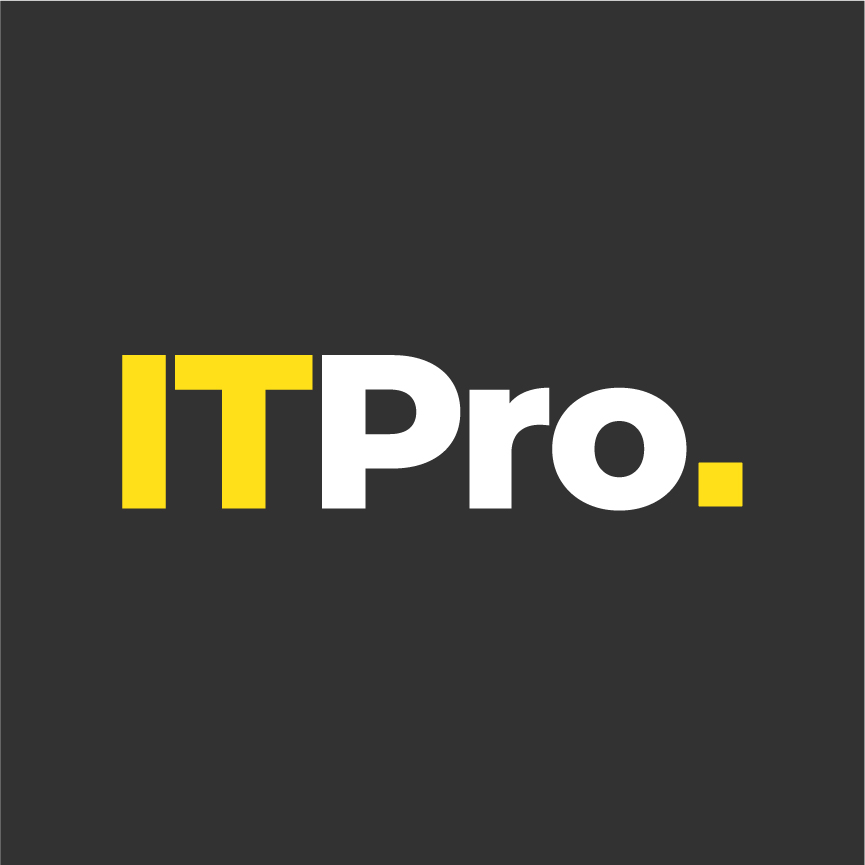Sponsored by Huawei
From smart hotels to smart factories, Huawei is accelerating intelligent transformation
How Huawei connected the hotel of the future with innovative AP devices and cabling and provides a converged network for smart manufacturing businesses
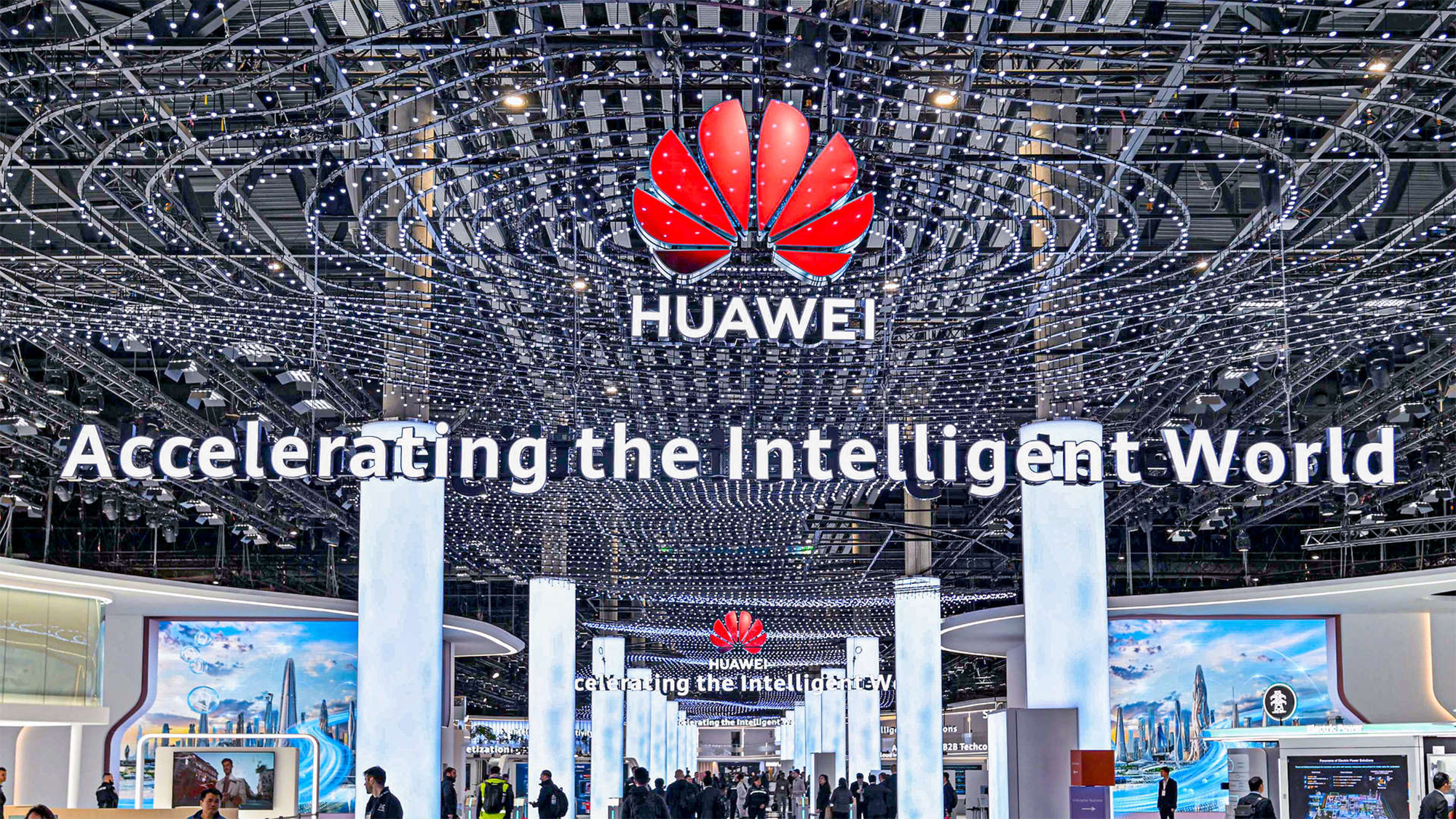
Technology is dramatically changing our approach to products and services. Allowing us to think differently about how cars are built, and even how we experience hotels.
Huawei is at the cutting edge of this digital revolution with its manufacturing and large enterprise business unit. This division of Huawei isn’t simply focused on innovations in hardware and software, though. Indeed, it also cares deeply about ‘scenarios’, or rather ways in which companies might deploy its technology. Here Huawei looks at ways IoT and networking technology can improve operations on factory floors, and even support hotels with high-quality and reliable connectivity.
By using AI, cloud computing, big data, and Wi-Fi 7, Huawei’s Smart manufacturing and Large enterprise business unit drive innovations for enterprise productivity and digital and intelligent transformation, deeply integrating these new capabilities and tailoring them to its customers and their partners.
To date, Huawei’s Smart Manufacturing and Large Enterprise business unit serves over 8,000 customers and 600 hotel clients.
The smart hotel
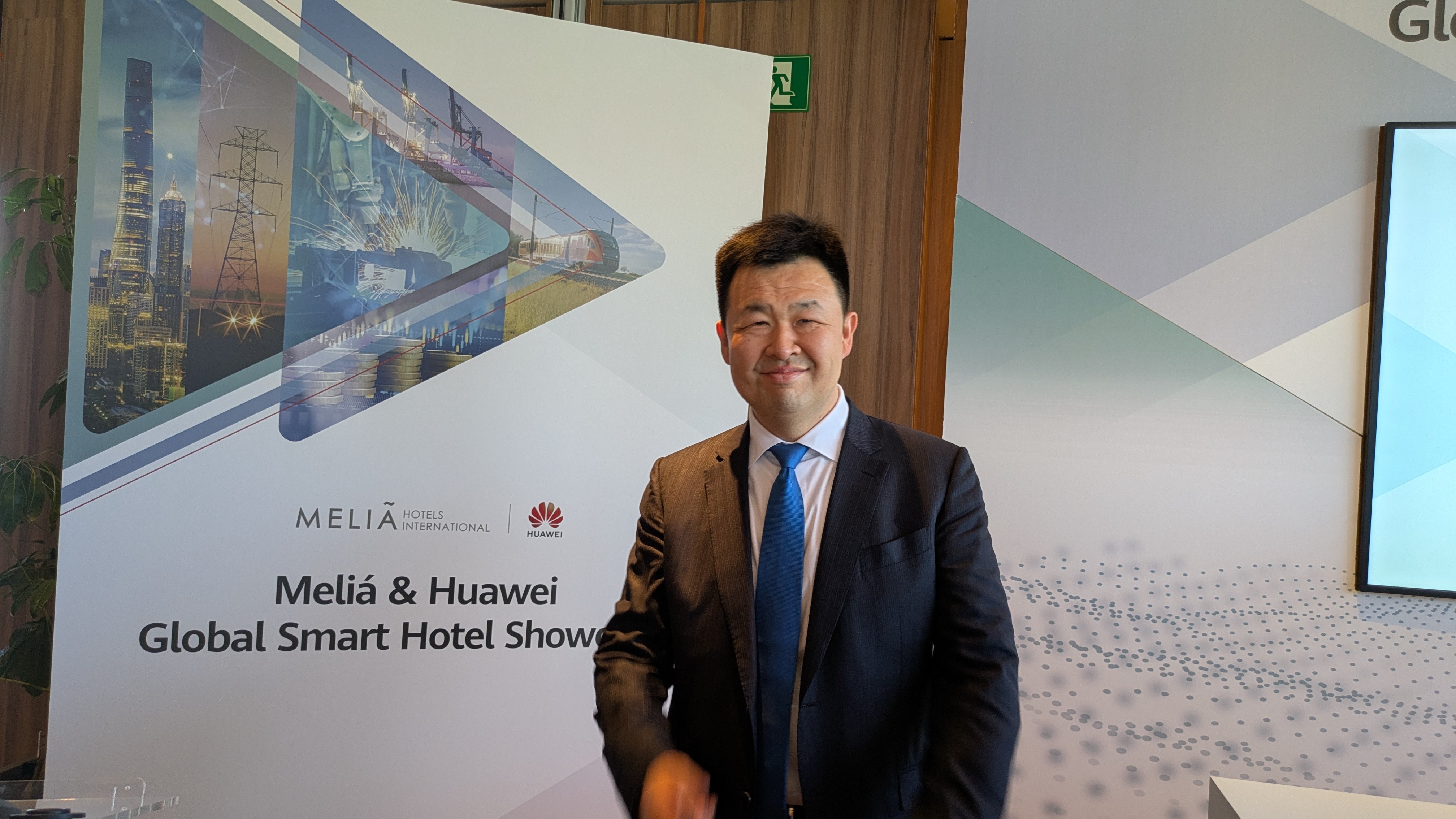
Liu Chao, CEO of Huawei's manufacturing and large enterprises business unit
There is no better way to understand these innovations than through its MWC showcase at the Torre Melina Gran Meliá Hotel, in Barcelona. This is a smart hotel filled with green yet powerful connectivity.
“That’s a very good showcase we have,” Liu Chao, CEO of Huawei’s manufacturing and large enterprise business unit, tells ITPro. “We did a lot of things in the hotel, for example, in each area we are trying to provide better connectivity by providing better coverage and larger bandwidth.
“And based on different types of membership, the consumer can have within the hotel, we can provide them with different network experiences. Some of those services are universal and some are like add-on services.”
The Torre Melina is an innovative showcase of Huawei’s scenario-based solutions where the technology is tailored and used specifically in each part of the hotel. The hotel lobby, for instance, uses high performance AP to raise its connectivity to up to more than 20% of the industry’s standard. Here, Huawei has installed a Wi-Fi 7 AP that uses an exclusive smart antenna technology. The AP provides the hotel lobby without blind spots, enabling other innovations, such as a virtual reality tour of the hotel where you can see a room, from the inside, without having to step foot in it.
For the guest rooms themselves, Huawei’s solution is a novel approach to cabling. It starts in the core equipment room where an Optical Line Terminal is deployed. With 30 rooms on each floor, and five information points (CATV, telephone, Wi-Fi, remote control unit, and access control equipment), the traditional way would involve complex cabling.
Instead, Huawei deploys optical fibres, connected to an optical splitter on each floor to divide the signal evenly between rooms. The cabling in the equipment room is dramatically reduced, with 80% more space, yet the connectivity on each floor is greatly improved.
Conference rooms provide a different challenge, with multiple users testing connectivity in concentrated periods. In the Torre Melina, Huawei uses audio and video assurance cards of its network switch technology (the CloudEngine 8700 series) and an exclusive XNA engine to identify AI applications. Connectivity is assured with Huawei’s iMaster-NCE which measures network experience and automatically optimizes lines for flawless connectivity.
“More often than not the cost of deploying copper lines is more expensive than buying the devices themselves,” Liu explains. “If you use optical fiber, you don’t have that issue, you just need to upgrade the devices – upgrading from Wi-Fi 5 to WiFi 7. With this optical cable technology, we can save the customer financially.”
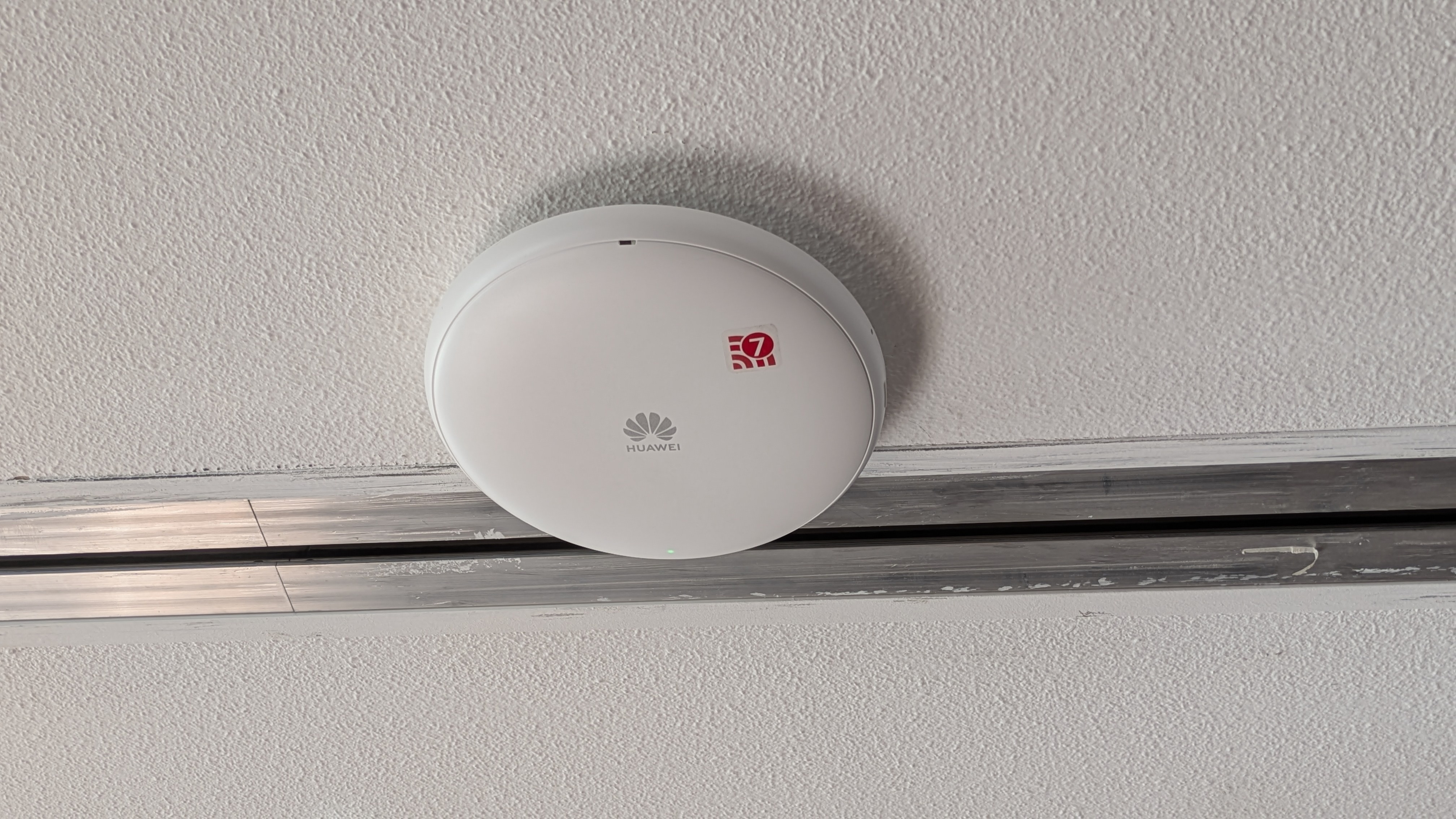
One of Huawei’s optical AP devices
Huawei’s solution also takes into account the aesthetics of the hotel with unobtrusive equipment – its AP boxes can be attached to walls or ceilings, and it uses transparent cables that stick to walls, so no nails are required. What’s more, the original design of the hotel is not disrupted by clunky wiring or large hardware.
One converged network for smart factories
It's an innovative, elegant, and versatile solution. One that can work or be tailored for many use cases, such as stores, factory floors, and even hospitals. Huawei provides a converged and integrated network. However, as Liu points out, in the past, its customers may have needed to source network devices from different vendors to suit different scenarios like office environments, or production. But Huawei believes it can just provide one integrated network to cover many different scenarios.
“Customers need the support of IT technologies to make their production line more flexible and agile,” Liu says.
Fragmented data and poor network performance cause problems for manufacturing businesses. Huawei believes they are limiting agile production, particularly for businesses that have independent production systems from different vendors. Instead, a converged production network architecture based on ubiquitous access and converged connectivity can enhance reliability and provide real data for greater efficiency.
“We can address this and streamline data across different scenarios or different networks. And in addition to that, we can offer an IoT platform to allow data flow.”
“We are more than an equipment provider,” Liu says. “We are there to also address customers’ practical issues, like production efficiency, quality control, and energy efficiency. And also, we can help our customers address their needs for more agile product innovation and customization so they can better suit their own customers.”
For more information, visit:
Get the ITPro daily newsletter
Sign up today and you will receive a free copy of our Future Focus 2025 report - the leading guidance on AI, cybersecurity and other IT challenges as per 700+ senior executives
ITPro is a global business technology website providing the latest news, analysis, and business insight for IT decision-makers. Whether it's cyber security, cloud computing, IT infrastructure, or business strategy, we aim to equip leaders with the data they need to make informed IT investments.
For regular updates delivered to your inbox and social feeds, be sure to sign up to our daily newsletter and follow on us LinkedIn and Twitter.
-
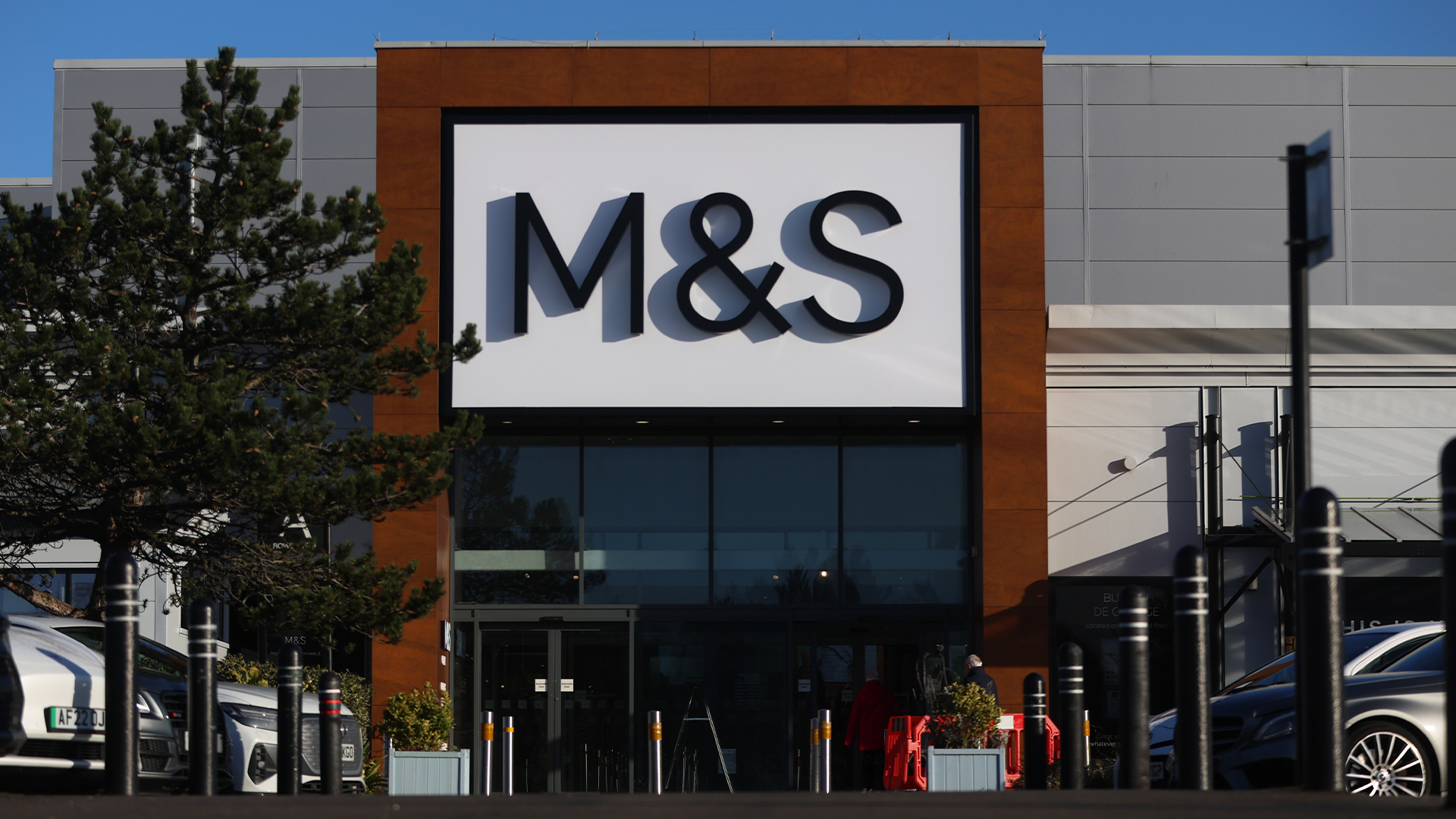 M&S suspends online sales as 'cyber incident' continues
M&S suspends online sales as 'cyber incident' continuesNews Marks & Spencer (M&S) has informed customers that all online and app sales have been suspended as the high street retailer battles a ‘cyber incident’.
By Ross Kelly
-
 Manners cost nothing, unless you’re using ChatGPT
Manners cost nothing, unless you’re using ChatGPTOpinion Polite users are costing OpenAI millions of dollars each year – but Ps and Qs are a small dent in what ChatGPT could cost the planet
By Ross Kelly
-
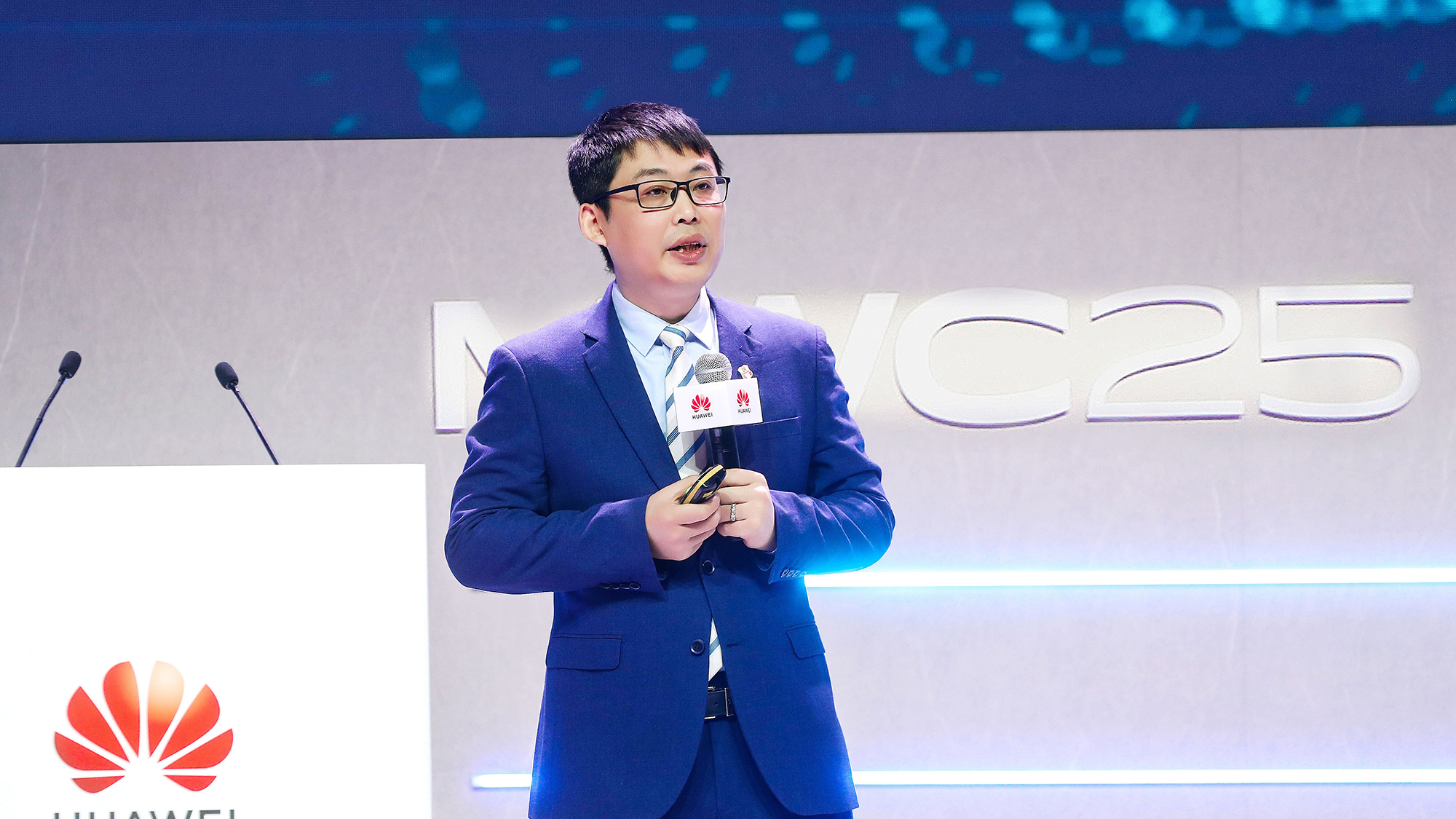 How Huawei’s Xinghe Intelligent Campus solution accelerates intelligent transformation for businesses
How Huawei’s Xinghe Intelligent Campus solution accelerates intelligent transformation for businessesWith major AI upgrades and groundbreaking Wi-Fi innovations, Huawei is breathing new life into future-proofed intelligence campuses for customers across all industries
By ITPro
-
 The role of ISPs in the connected world now and in the future
The role of ISPs in the connected world now and in the futureSupported Content The role of the ISP has grown precipitously as the world becomes increasingly reliant on staying connected, but they must now adapt to changing times…
By Solomon Klappholz
-
 Can AI deliver better broadband?
Can AI deliver better broadband?News AI can help operators build broadband better, in particular if it's used to design networks, according to new research.
By Nicole Kobie
-
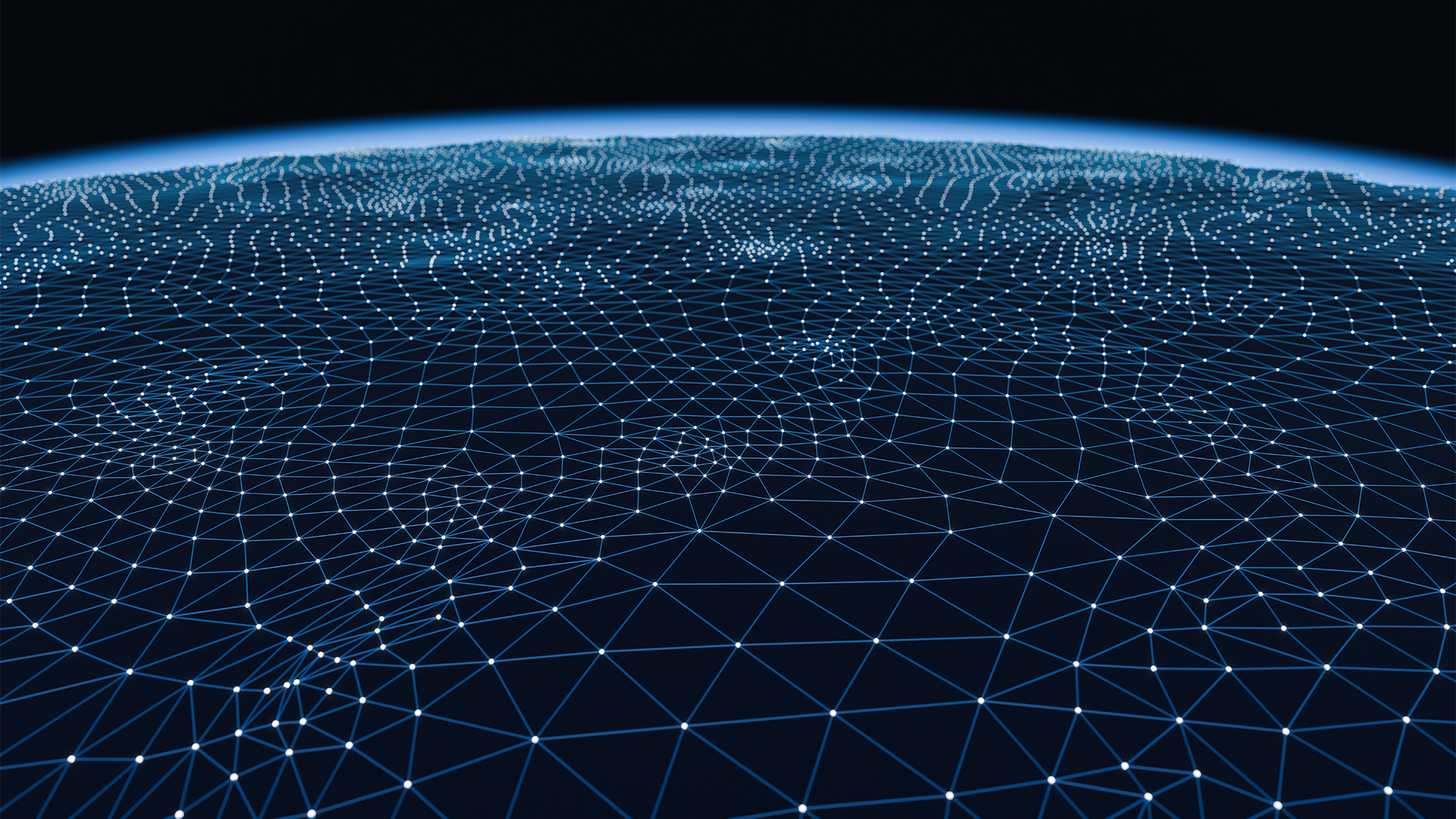 The mobile industry will be worth $11 trillion in next five years — but growth could soar higher if usage gaps are plugged
The mobile industry will be worth $11 trillion in next five years — but growth could soar higher if usage gaps are pluggedNews An MWC report shows the power of mobile technology to support the economy
By Nicole Kobie
-
 MWC 2025: How will 5G and AI come together?
MWC 2025: How will 5G and AI come together?Analysis Traditionally a telecoms extravaganza, this year’s event will open the floor up to generative AI
By Bobby Hellard
-
 Huawei targets ‘intelligent industrial transformation’ with AI-ready infrastructure
Huawei targets ‘intelligent industrial transformation’ with AI-ready infrastructureNews As the spread of Industry 4.0 continues, powered by next-generation technologies like AI and 5G, Huawei thinks it can help accelerate the intelligent industrial transformation
By Solomon Klappholz
-
 Huawei emphasizes energy efficient storage at IDI 2024 Berlin as firm looks to address AI data boom
Huawei emphasizes energy efficient storage at IDI 2024 Berlin as firm looks to address AI data boomAnalysis As data takes on a new importance, Huawei hopes its energy-efficient storage solutions will help businesses leverage the power of AI without succumbing to its exorbitant costs
By Solomon Klappholz
-
 The US just expanded funding for 5G Open RAN in a bid to help telecoms firms crack Huawei dominance
The US just expanded funding for 5G Open RAN in a bid to help telecoms firms crack Huawei dominanceNews The funding for 5G Open RAN aims to help US companies get a bigger slice of the network infrastructure market – and challenge Huawei’s dominance
By Steve Ranger
